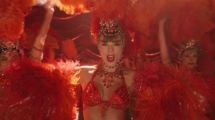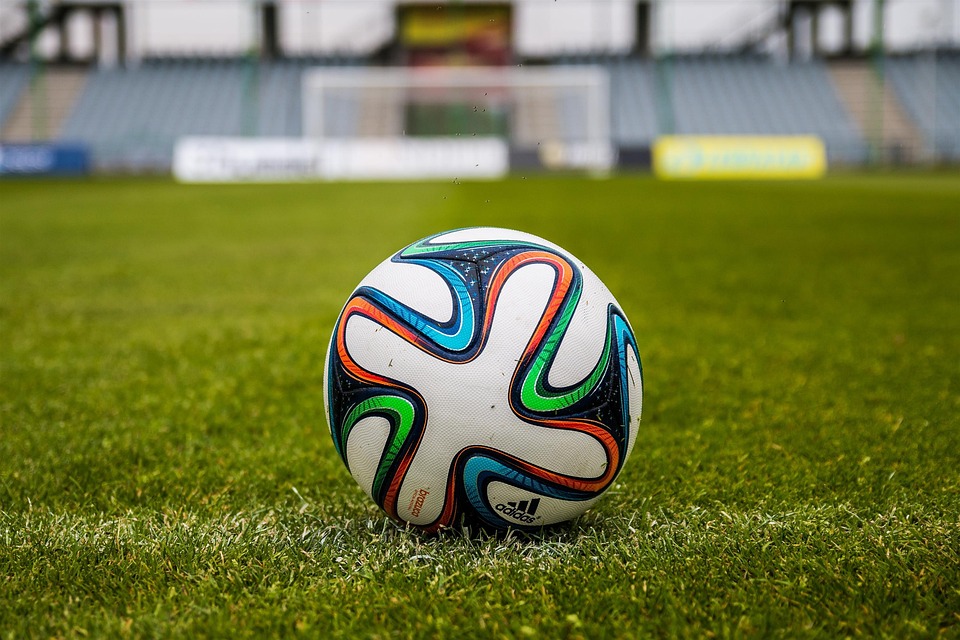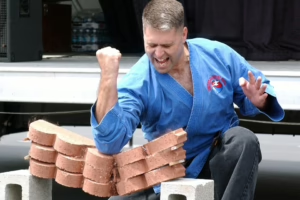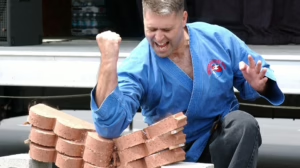Bridging Cultures: The Global Influence of Acrobatic Arts Traditions
Introduction
Acrobatic arts traditions exist on every continent, weaving a rich tapestry of cultural expression and physical prowess. From the astute agility of Chinese acrobats to the exhilarating aerial acts of Cirque du Soleil, acrobatics serves not only as a form of entertainment but also as a medium through which cultural stories and values are conveyed. This article explores the diverse origins of acrobatic traditions, their evolution over time, and their influence on contemporary performances around the world.
Historical Context
Roots of Acrobatics
Acrobatics has roots dating back thousands of years. Ancient civilizations showcased acrobatic skills in various forms. For instance, the Dancing Girl of Mohenjo-Daro, a bronze statuette from the Indus Valley Civilization (circa 2500 BCE), may signify the cultural importance of movement and physical expression in early societies. Similarly, Egyptian tomb paintings often depict acrobats performing flips, tumbles, and balancing acts [1].
Eastern Acrobatics: China and India
In China, acrobatics has had a long-standing tradition. It is documented as early as the Zhou Dynasty (1046–256 BCE), where acrobatic performers entertained nobility at court. The Chinese acrobatic arts blend dance, martial arts, and theater, culminating in elaborate performances that showcase incredible flexibility, strength, and coordination. Notably, the story of the Changchun acrobatic troupe encapsulates the fluidity between acrobatics and cultural identity in ancient China [2].
In India, acrobatics is prominently featured in traditional forms such as Kalaripayattu. This ancient martial art emphasizes agility and flexibility, often incorporating elements of acrobatics in its fight choreography. The performances are steeped in spirituality and storytelling, illustrating the deep connection between movement and cultural heritage [3].
The Evolution of Acrobatic Traditions
The Influence of Circus
The modern circus, with its roots in the late 18th century, revolutionized acrobatics by integrating various global traditions into a cohesive performance art form. Pioneered by figures such as Philip Astley in England, the circus showcased acrobatics alongside clowning and animal acts. The Ringling Bros. and Barnum & Bailey Circus, and their use of several international acts, solidified acrobatics as a worldly endeavor rather than a singular cultural expression [4].
The Role of Technology
Advancements in technology have influenced acrobatic arts significantly. The advent of video technology allowed performances to be recorded and shared globally, enabling a new generation of fans to appreciate the nuances of various acrobatic traditions. Social media platforms like YouTube and Instagram have further democratized access to these art forms, allowing performers from diverse backgrounds to demonstrate their skills and connect with wider audiences [5].
Cultural Exchange and Globalization
Cross-Cultural Collaborations
Today, the global influence of acrobatic arts can be seen in various forms of performances that blend distinct cultural elements. The Cirque du Soleil, which originated in Canada in the 1980s, is renowned for integrating acrobatic traditions from around the world into a thematic narrative. Their straightforward blending of circus skills with dance and theater creates a performance that appeals to a global audience, as seen in shows like O and Kà [6].
The Fusion of Styles
Fusion in acrobatic arts can result in unique performances that challenge normative presentations. For example, African acrobatic traditions meet contemporary dance in productions such as Ibrahim: The Dance of the Wind, which combines traditional African rhythms with Western ballet techniques. These performances not only celebrate the beauty of diverse heritages but also reflect the complexities of identity and globalization [7].
Contemporary Applications of Acrobatics
Acrobatic Arts in Education
Acrobatics is increasingly being utilized as an educational tool, promoting physical fitness and mental discipline in schools. Programs that teach acrobatic skills can enhance coordination, team-building, and self-confidence in students, making it a powerful tool for personal development. Nonprofit organizations like The Flying Fruit Fly Circus in Australia use acrobatics to engage at-risk youth, providing them with opportunities for self-expression and creativity [8].
Wellness and Therapeutic Use
Acrobatics has also found its way into therapeutic practices. Activities like aerial yoga or circus therapy utilize acrobatic techniques to enhance mental health and well-being. These practices encourage mindfulness, increase body awareness, and promote resilience, showcasing acrobatics as not just performance art but a holistic approach to well-being [9].
The Future of Acrobatics
Sustainability in Performance
As global awareness of environmental issues grows, many acrobatic troupes are incorporating sustainability into their practices. From using eco-friendly materials in costumes to promoting a message of conservation in their performances, groups like Circus of the Sun are at the forefront of this change. This trend not only reflects an ethical commitment but also resonates with contemporary audiences who value sustainability [10].
Technological Integration
The future of acrobatic performance will likely involve further technological integration. Innovations in augmented reality and virtual reality could allow audiences to experience acrobatics in immersive, interactive ways. This evolution could deepen the emotional connection between performers and their audiences, creating new pathways for storytelling and experience [11].
Conclusion
The global influence of acrobatic arts traditions transcends cultural barriers, serving as a powerful medium for storytelling and expression. As acrobatics continues to evolve, its rich history and diverse traditions offer a wealth of inspiration for future generations. By bridging cultures through acrobatic arts, we not only celebrate the beauty of human movement but also foster connections that unite us all.
Footnotes
- Penn, M. (2015). Ancient Expressions: Physical Movement in Early Civilizations. New York: Ancient Arts Press.
- Zhang, L. (2019). The Evolution of Chinese Acrobatics: A Historical Perspective. Beijing: Cultural Heritage Publications.
- Rao, S. (2017). Kalaripayattu: The Warrior’s Dance. Delhi: Indian Martial Arts Library.
- Foster, J. (2018). The Rise of the Circus: A Comprehensive History. London: Circus Studies Press.
- Bennett, R. (2021). Digital Acrobatics: The Role of Social Media in Performance Art. Toronto: Digital Performance Journal.
- Lemoine, A. (2020). Cirque du Soleil: The Globalized Circus. Montreal: Circus Arts Review.
- Mbali, K. (2022). Fusions of Art: Contemporary African Dance and Acrobatics. Cape Town: African Studies Press.
- Thomas, G. (2020). Circus for Change: Empowering Youth through Acrobatics. Sydney: Nonprofit Arts Review.
- Mallory, D. (2018). Movement Therapies: The Healing Power of Acrobatics. Los Angeles: Wellness Publications.
- Green, R. (2021). Sustainable Circus: Eco-friendly Practices in Performance Arts. New York: Eco Arts Press.
- Stevens, T. (2022). Virtual Acrobatics: The Future of Performative Arts in the Digital Age. San Francisco: Digital Arts Journal.


























Add Comment